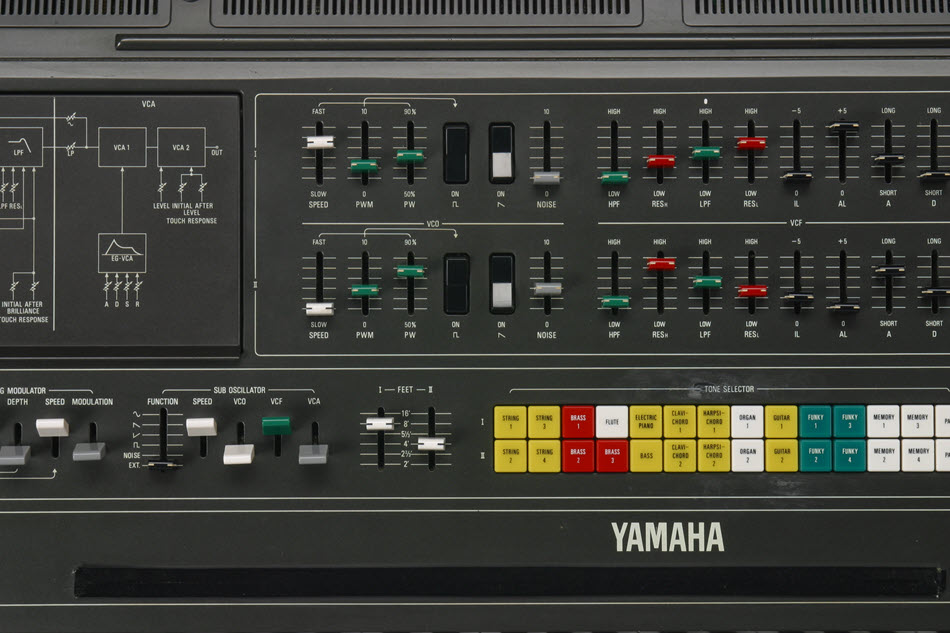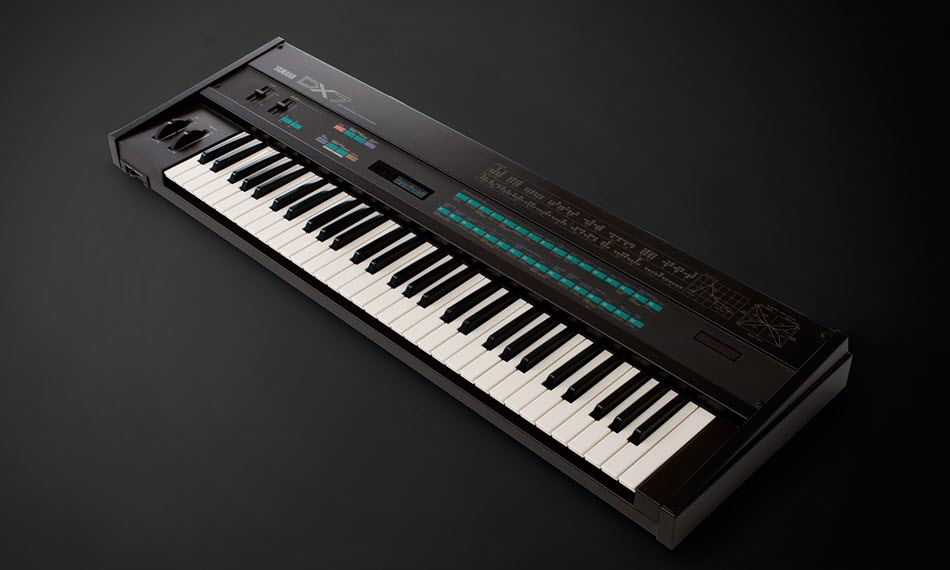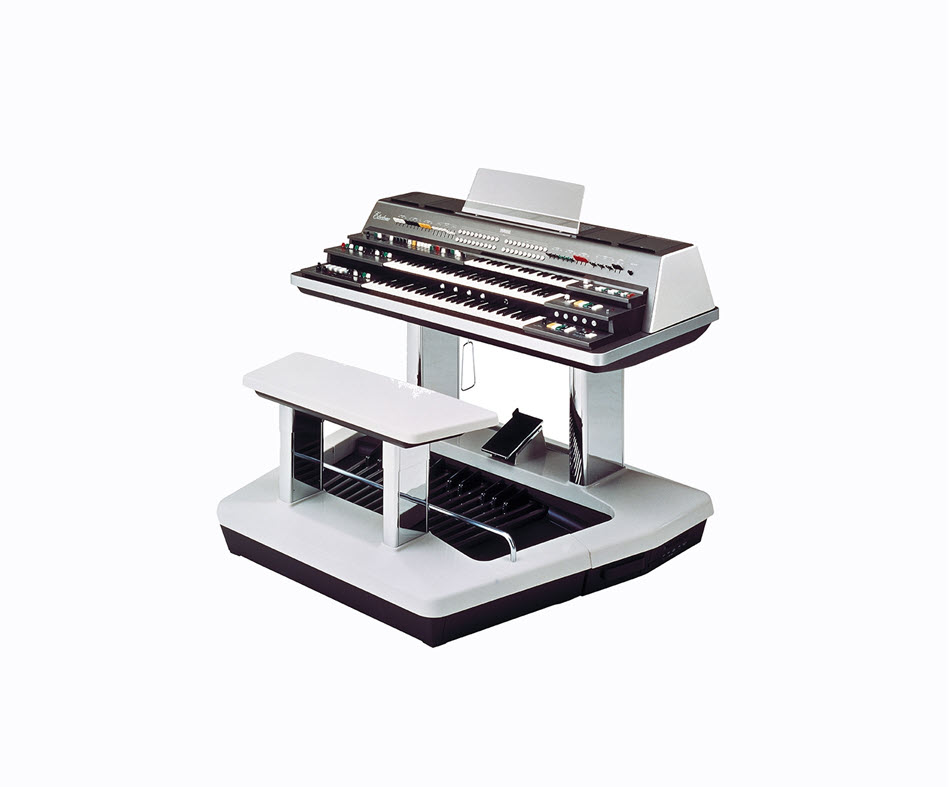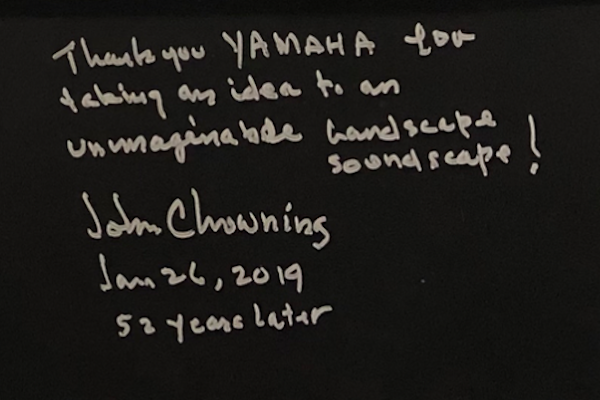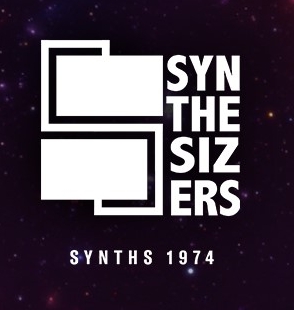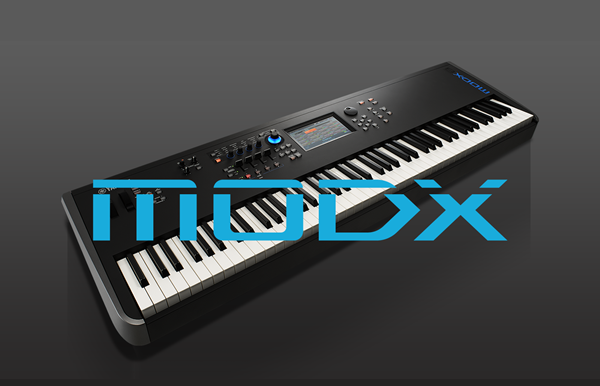Top Five Synthesizer Features
Buying your first synth or giving one as a gift? Here’s what you need to know.
There was a great deal of excitement when the modern synthesizer was invented in the mid-20th century. Not only was it able to produce a far wider range of sounds than any other instrument, many of those sounds were unlike anything that had ever been heard before.
Today’s synthesizers are much more capable than they were 50 years ago, and their potential to create unique tonalities has expanded further still. However, the sheer number of options these instruments offer can make it difficult to make a purchasing decision.
Difficult — but not impossible! Whether you’re buying your first synthesizer or are planning on giving one as a gift, here are five important features to look for.
Sound Quality
Everyone wants an instrument that sounds good. But the meaning of “good” varies, depending on a musician’s taste, playing style, and the genre of music they gravitate towards.
Your best bet is to look for a synth capable of producing the broadest spectrum of sounds and tone colors. The affordable line of Yamaha MX series synthesizers, for instance, utilize AWM2 (Advanced Wave Memory 2nd Generation) waveforms for their preset sounds. These waveforms are based on high-resolution audio samples, which means that wherever the sound being sampled hails from, it’s been captured cleanly and accurately. MX owners can add further color to these sounds with five-band equalization and VCM (Virtual Circuitry Modeling) effects like flanging, phasing and wah-wah.
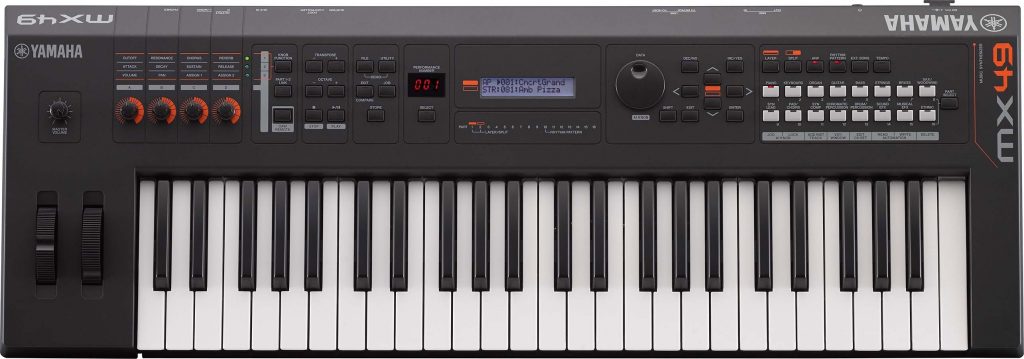
Full Control
One thing you shouldn’t get overly fixated on is the number of sounds in a synth. There are two reasons why. First, as we said, synthesizers by their very nature are able to create a large (though not necessarily unlimited) number of sounds. Second, even entry-level synths typically come with hundreds of factory-created “preset” sounds.
For most synth owners, presets are just starting points. What’s important is how the synth allows the user to control the sound. You should definitely look for one that comes with lots of knobs, dials, wheels, pedals and faders, since these are the controls that are used to alter and interact with sounds.
You might not expect to encounter a wide range of controls in a mini-keyboard, but the Yamaha reface series demonstrates just how many can fit into a small 37-key package. Each reface model adopts a different stylistic and sonic approach:
– The reface CS is a virtual “old-school” synth that allows the user to choose between five unique oscillator types.
– The reface DX provides the freedom to edit FM (Frequency Modulation) sounds.
– The reface YC offers a wide range of organ sounds, along with tone wheel and drawbar controls.
– The reface CP provides electric piano and keyboard tones with “retro” analog-type knob controls.

Any one of these could work well for players who want specialized sounds and a portable means of endless sound-tweaking.
Magic Touch
Playing just about any instrument is a highly tactile affair, and so the way a synth’s keyboard feels is of great importance. Light, non-weighted plastic keys have obvious virtues (for one thing, they make a synth easier to carry), but many players — particularly those used to playing acoustic or electric pianos with a heavy “action” — will want a weighted keyboard; that is, one that feels more solid under their fingers.
Similarly, the way the controls feel can be nearly as important as what they do. Again, this is largely a matter of personal taste; some players prefer turning knobs to pushing buttons or vice versa. Although ease of use is crucial, you may not want anything to be too easy. Yes, having to really press down on a button to store data can be frustrating, but it might in the end be better than needing only a light touch to mistakenly erase a sound you’ve spent hours creating.
In the Flow
What if the person you’re buying for is a performing musician? The likelihood is that they will want a synth that makes it easy and efficient to get from point A to point B while onstage. Be on the lookout for models that give players the ability to customize functions and streamline overall workflow.
For example, Yamaha MODX synthesizers are packed with helpful features such as a Live Set function for quickly organizing sounds for live performance and SSS (Seamless Sound Switching), which allows players to change from one sound to another without an obvious cut-off between the two.

Making Connections
In today’s high-tech world, easy integration with software apps — via computers, mobile devices or both — is a must. Before you make a final decision on any synth model, confirm hardware connectivity and DAW compatibility. (“DAW” is short for Digital Audio Workstation — the software used for recording music.)
All Yamaha MONTAGE M synthesizers, for example, come with both MIDI and USB connections, as well as analog inputs and outputs. Any of the three models — the 88-key MONTAGE M8x, the 76-key MONTAGE M7 and the 61-key MONTAGE M6 — can easily be used as controllers for most popular DAWs, including Steinberg Cubase, thus providing enormous extra flexibility for recording, processing and editing audio.

Don’t get us wrong. Sound quality, control options, feel, workflow enhancement and compatibility are by no means the only things to consider when buying a synth. But if you’re satisfied with how your choice stacks up in these five areas, you’re probably well on your way to finding an instrument that will bring plenty of joy to the sonic alchemist in your life.
For more information about Yamaha synthesizers, click here or visit www.yamahasynth.com.










